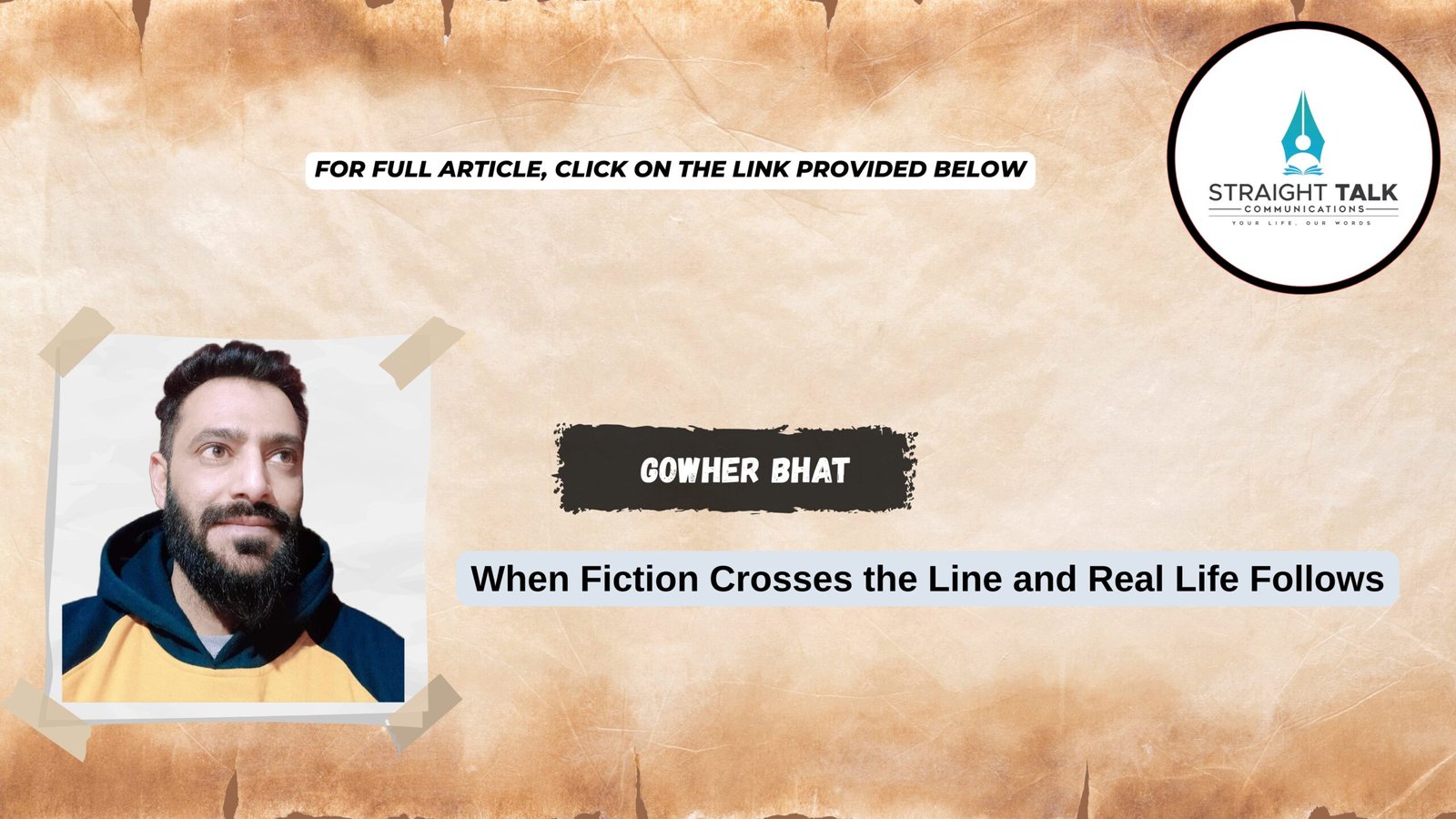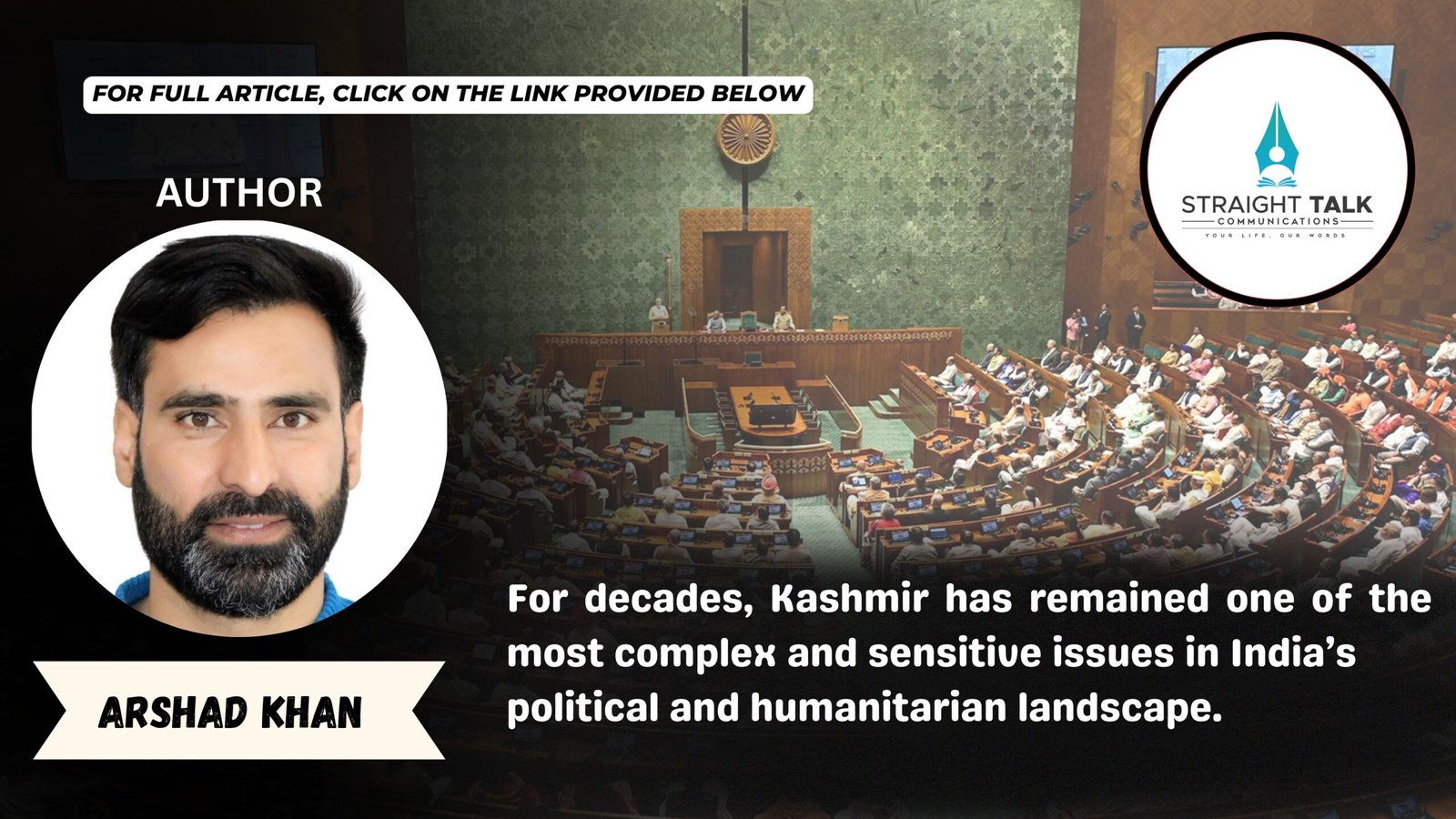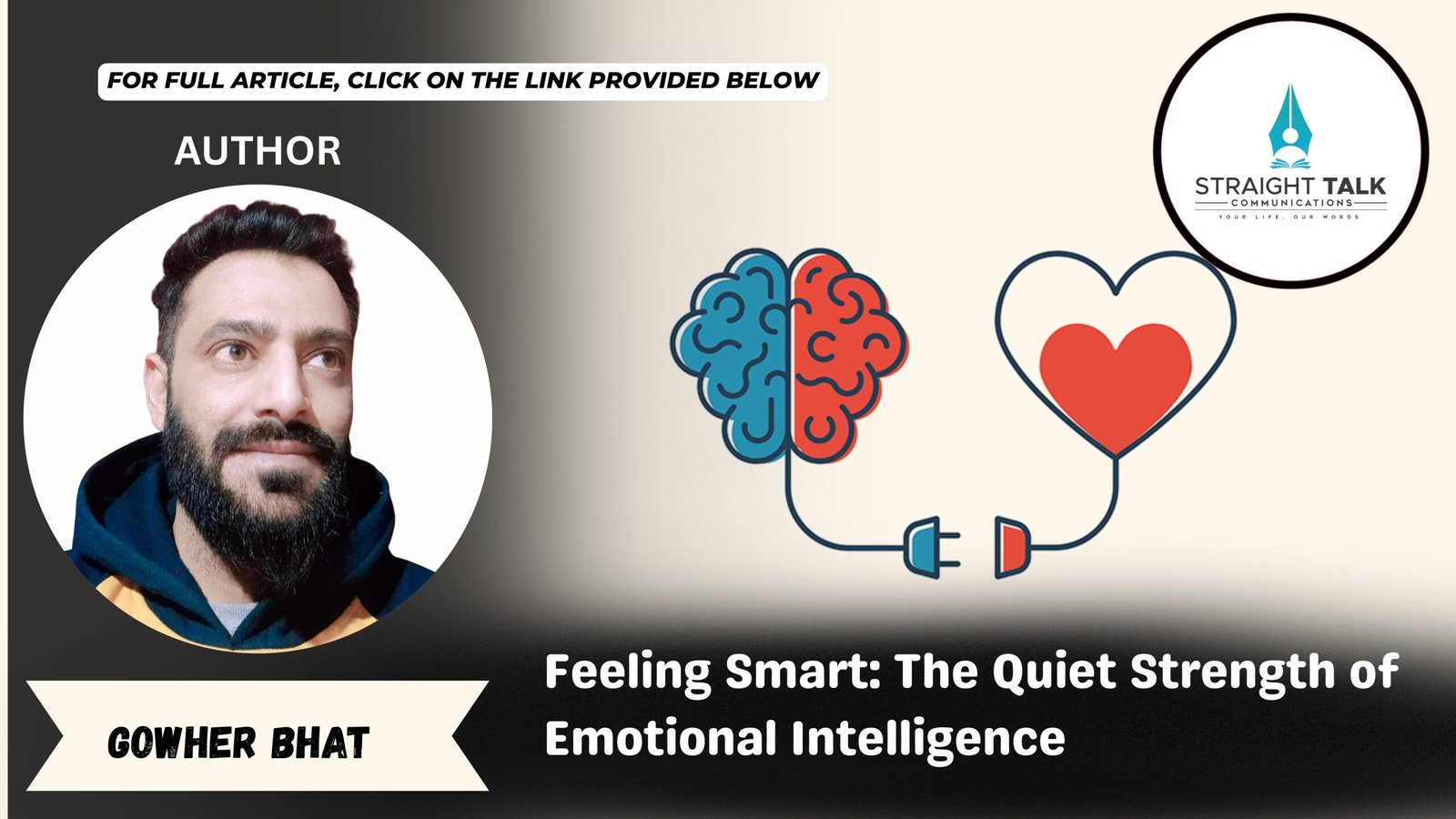What We Watch When No One’s Looking

When Fiction Crosses the Line and Real Life Follows
Gowher Bhat
It didn’t happen in a big city. Or maybe it did. These stories don’t always make headlines until it’s too late.
A man murdered his wife. What he did afterward was too horrific to describe. Later, he told investigators that most of it – how to do it, how to cover it up – he had learned from crime shows. The streaming kind. YouTube tutorials filled in the gaps. And then he acted.
They weren’t documentaries. Just fiction. Or so they were meant to be.
And that’s what this is really about.
Not just one man, one crime. But the stories we consume in silence. What we call entertainment – what we dismiss as just a show and the quiet, invisible ways those stories reshape the human mind.
These are the Over-the-Top platforms – OTT services where content never stops. No boundaries. No filters. Thrillers. Psychological dramas. Crime sagas dripping with violence, vengeance, lust, manipulation. Always streaming. Always escalating.
You can skip the intro. You can even skip the warning.
But you can’t skip the impact.
The Line Between Fiction and Imitation
Around the world, psychologists and media researchers are sounding the alarm.
In the U.S., Dr. Brad Bushman of The Ohio State University – who has studied media violence for over 30 years warns:
“Media violence can contribute to aggressive behavior, desensitization to violence, nightmares, and fear of being harmed.”
He points to a landmark 2017 study in Human Communication Research, which found that watching violent content increases the risk of aggressive thoughts and behavior especially when it shows how to commit violence, not just that it exists.
In India, the warnings grow louder with each passing year.
Dr. Nandita Chaudhary, a developmental psychologist based in New Delhi, explains:
“Children are not passive observers. What they see, they remember. And eventually they rehearse. Violent OTT content doesn’t just entertain – it instructs.”
Rage, Trauma, and Repetition
Kavita Panyam, founder of the Mind Suggest Wellness Centre, believes the media doesn’t just mirror society anymore – it shapes it.
“Anger, when unresolved, festers. It builds. And when the media feeds that rage, glorifies it, normalizes it – someone will eventually act on it.”
She speaks of children growing up in conflict-ridden homes.
“These kids aren’t just watching – they’re identifying. With broken characters. With angry, dangerous protagonists. They mimic what they see because they see nothing better at home.”
In Bengaluru, clinical psychologist Dr. Reshma Shetty has witnessed a worrying pattern.
“There’s a rise in adolescents showing emotional numbness, compulsive aggression, and anxiety – all connected to binge-watching violent series without any regulation.”
The Data Doesn’t Lie*
A 2024 study published in the International Journal of Indian Psychology reviewed 25 high-profile criminal cases between 2017 and 2024. The results were alarming: many of the accused had a strong history of consuming dark, violent content on OTT platforms. Some even admitted to “learning techniques” from crime shows to mentally prepare.
A 2023 report from the American Psychological Association (APA) introduced the concept of scripted learning – where repeated exposure to violent media problem-solving can turn fiction into real-life imitation in vulnerable minds.
The connection isn’t always direct. But it’s real.
Inside Homes, Behind Closed Screens
This problem isn’t new. But access is.
Romantic dramas spiral into raw eroticism. Crime thrillers turn brutality into cinema. Dialogue is laced with rage and profanity.
Parents flinch halfway through an episode but by then, it’s too late. The damage begins with silence.
Teenagers share violent clips. Adults binge on murder shows with unnerving calm. Some lie awake at night. Some plan.
It doesn’t take much. Just time. Just quiet. Just the wrong story, in the wrong hands, at the wrong moment.
Can Anything Be Done?
Dr. Siddharth, a media psychologist, believes this isn’t about censorship – it’s about awareness.
“The human brain needs buffers. It needs time to process. But media now runs faster than thought. Remove boundaries and you create chaos.”
Kavita Panyam calls for a return to presence:
“Children must see peace to believe in peace. That means routine. Genuine conversation. Homes that don’t constantly glow with screen light.”
It’s the small things that matter.
Reading. Playing outside. Sleeping well. Making eye contact. Eating together.
And perhaps the most underrated solution of all: doing nothing together. Just sitting in shared silence. Just being human again.
In the End
Somewhere tonight, someone is watching something dark.
A scene where a man gets away with murder. Or teaches someone else how to do it.
They’ll say it’s just fiction. That it doesn’t affect them.
But stories don’t stay on screens.
They bleed.
(Gowher Bhat is a published author, freelance journalist, book reviewer, and educator based in Kashmir.)







